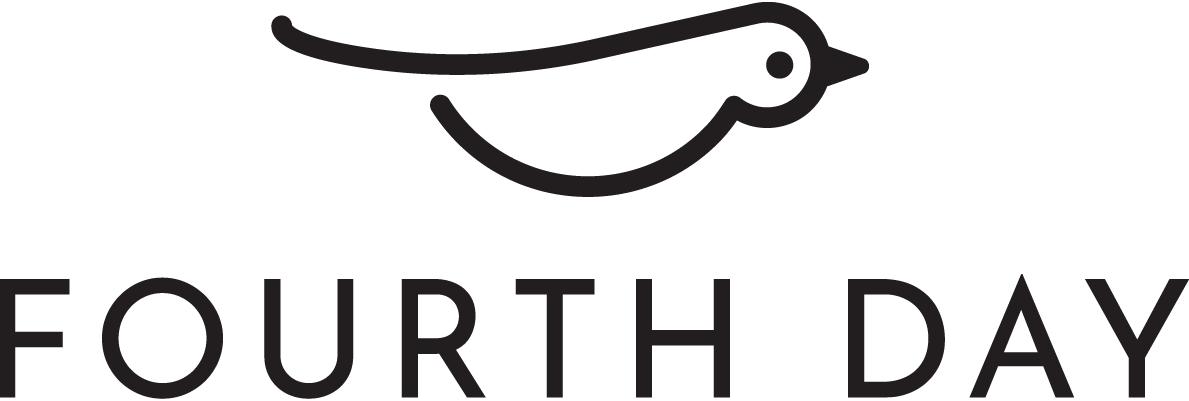Telling truth in a world of lies: how brands can deal with disinformation
By Rob Waugh
H ow can brands deal with disinformation and misinformation in an age where lies spread faster than truth – and people you talk to may not even exist?
That was the big question at Fourth Day’s event, Truth, Trust and Downright Lies: How Can Brands Tackle Misinformation, for which I enjoyed being a panellist at Somerset House last week.
With input from experts from the fields of PR, social media and disinformation, the event threw up important advice around disinformation (deliberately misleading content) and misinformation (misleading content) for anyone working in communications.
My own interest in the topic had been recently fuelled by encounters with ‘ghost influencers’ – non-existent sources who use AI to create copy for journalists. Meanwhile fellow panellist Antony Cousins, VP of product at Meltwater, considered that we are at a tipping point when it comes to awareness of the problem of disinformation. He believes that recent advances in AI video technology such as Veo 3 are finally making people aware of the scale of the disinformation problem.
“The public, and therefore brands, are starting to recognise this is a real threat to them,” he said.
The impact is real
The impact on brands can be real and measurable. Antony pointed to the negative impact of misinformation during the COVID epidemic on the share price of pharma companies such as Novartis, and also reminded us of a run on Metro Bank in 2019 sparked by a false rumour on WhatsApp that the bank was running out of money.
Katy Howell, CEO of social media agency Immediate Future, commented that today, disinformation and misinformation moves so quickly that people in corporate comms can’t keep up. She said, “Social is on the front line, and misinformation moves at astronomical speed. I have worked for 20 years in social, and it is getting worse. We should be concerned.”
Katy pointed out that most misinformation and disinformation is not ‘born’ on social media, but on closed groups within ‘dark social’ such as WhatsApp and Facebook groups – shared by friends, relatives and neighbours.

Image: The panellists (L-R): Xanthe Vaughan Williams (Moderator), Antony Cousins, Rob Waugh (myself), Max Templer, Katy Howell.
Aliens versus vaccines
Max Templer, research director at Thinks Insight and Strategy expressed his belief that the spectrum of disinformation and misinformation was more on a spectrum, ranging from the obviously harmful to the relatively benign. His view was that businesses need to focus not on disinformation itself, but on the harm that it causes.
Max commented that one in 22 people have vehement anti-vaccine beliefs, which is harmful, while a third of British people believe alien life has visited Earth – which is relatively harmless. He warned against overreaction, saying, “There’s going to be some stuff that is out there about your business that may not be true, but probably isn’t that serious, and you don’t need to worry about it even if it’s relatively widespread.”
Antony advised that brands targeted by misinformation can use AI tools to sift through large volumes of messages and understand how to respond. He said that thus far, brands have been slow to be proactive – but technologies such as “vectorisation of mentions” can help to home in on problems. Vectorisation is an AI technique which takes the meaning of words and matches that, allowing searches for meaning, rather than searching for keywords.
This makes it easier to deal with disinformation campaigns which can spiral to hundreds of thousands of mentions a day on social media – and also help to spot emerging narratives before they become a problem, as disinformation often circulates for months before becoming mainstream.
Is there a cure for disinformation?
Max Templer shared his experience of educational tools such as “inoculation games,” which can be used to prevent the spread of disinformation by educating people about what is and is not true. By having users play a short true or false game online around questions such as reputable news sources and doctored imagery, researchers found that playing the game made people significantly less likely to share misinformation.
The big question is who would host or pay for such games. Max does not hold out much hope that social media companies would offer such tools, and instead suggested that brands, governments and news organisations will need to work together to build the capability to resist disinformation in the public.
Katy Howell stated her surprise at how few brands actively monitor communications about themselves and why this matters.
“If you’re blind to it, by the time it hits you, it’s this great big mushroom cloud that you have to deal with,” she said. Katy advocates that as well as a corporate crisis framework, there should be a separate one for social. This might include ‘dark websites’ that can be flicked ‘on’ as needed to counter disinformation narratives. She also recommends the use of simulations to prepare senior teams properly.
The ghost influencers
I spoke about my encounters with ‘ghost influencers’ – fake sources who contact journalists, often with AI-generated images and copy, including one alleged psychologist who has been featured hundreds of times in the British media.

"I have spoken to several journalists who are now insisting on phone and video verification."Rob Waugh
Such problems are going to get worse, with fake sources and fake answers pitched to journalists daily – making big news brands change their habits.
Several large news brands now insist that all sources are authenticated in at least two different ways, and I have spoken to several journalists who are now insisting on phone and video verification.
I hope that such measures will help to build trust in media – and for brands, I believe it’s vital to engage with traditional media, but also to create their own content.
Katy Howell agrees that brands should put their message out there. “I think those trusted intermediaries, despite what people were saying, actually still do really matter.”
“Subject matter experts, thought leaders, influencers on social often have an impact on the media and vice versa. They are intertwined. What you really need to do is work out where your audience is paying attention? What are their consumption habits? Then you press the buttons to make a difference and mitigate against that misinformation.”
Antony Cousins expressed the hope that in the emerging new world of Google AI overviews and AI search – which are threatening publishers as consumers switch to using AI instead of traditional search – the pendulum will swing back to people wanting earned media they can trust, and brands that tell the truth.
“Every demographic group is now saying, ‘I want this from brands’, and almost politicising the brand, in which case it becomes a market force.”
We discussed the potentially devastating effects of AI search on the traditional publishing sector, but ended on an optimistic note, as Antony suggested that the public will turn to traditional, earned media and to brands they trust in order to find truth in a world of lies.
We can but hope!
Rob is a technology journalist who writes for national and trade titles including Press Gazette, the Telegraph and the Daily Mail. You can connect with him on LinkedIn here.
Share this:





